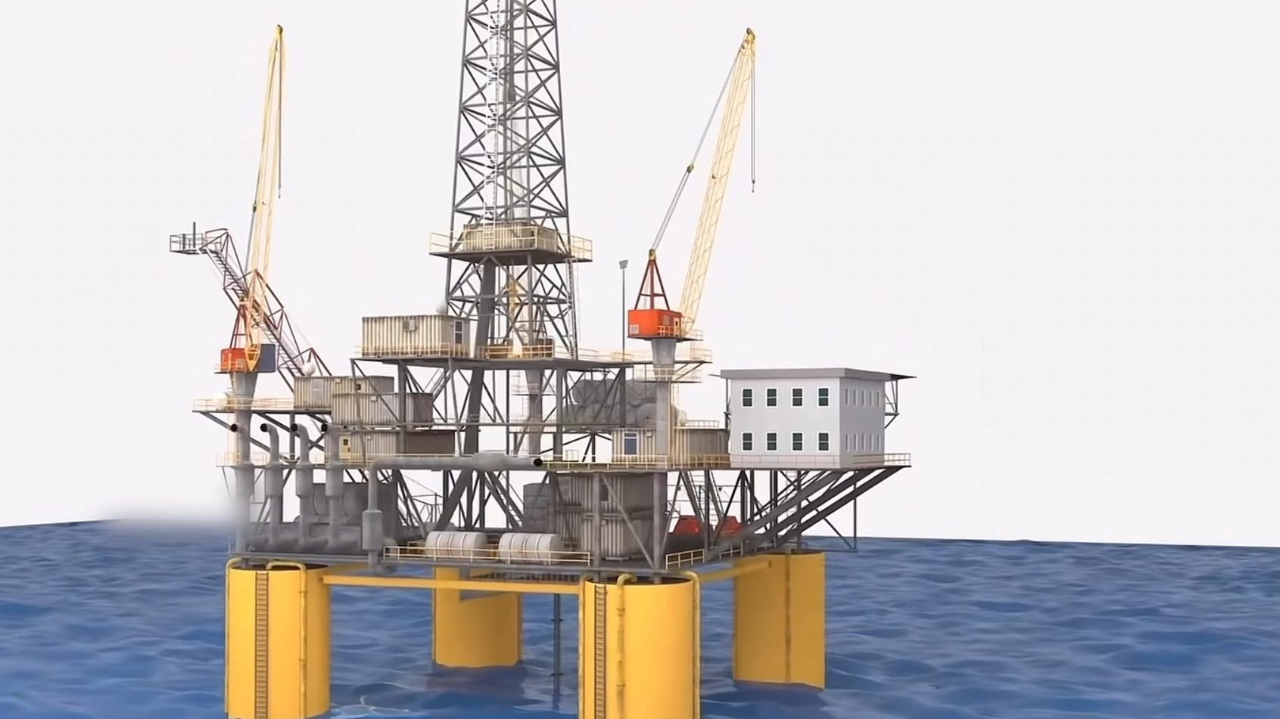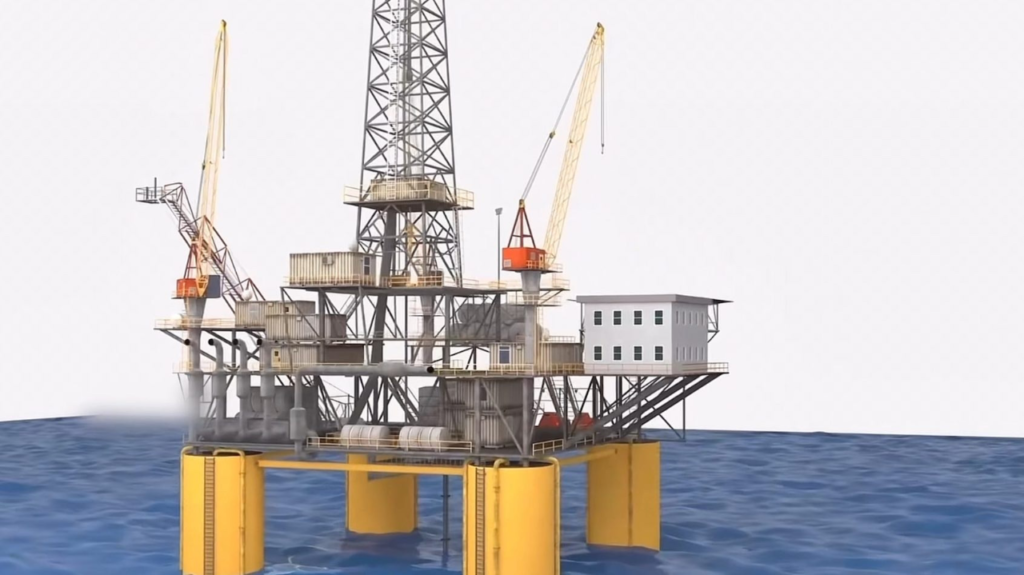PRUDHOE BAY, Alaska – In the frigid reaches of America’s last frontier, drilling rig workers are reaping substantial financial rewards for their demanding work in one of the world’s most challenging environments.
Entry-level roughnecks on Alaska’s North Slope can expect to earn between $65,000 and $75,000 annually, while experienced drilling rig workers often command salaries exceeding $100,000 per year, according to industry data.
“The compensation reflects both the technical expertise required and the extreme conditions we face,” says Mike Thompson, a veteran driller with 15 years of experience on the North Slope. “When you’re working in temperatures that can plunge to minus 40 degrees, you earn every dollar.”

The lucrative pay packages typically include additional benefits such as health insurance, retirement plans, and most notably, a unique work schedule known as “weeks on, weeks off” rotation. Workers generally maintain a two-week on, two-week off schedule, with all expenses covered during their time on site.
Senior positions, such as drilling superintendents and rig managers, can earn upwards of $150,000 to $200,000 annually, making them among the highest-paid blue-collar workers in the state.
However, industry experts caution that these high wages come with significant trade-offs. Workers must endure extended periods away from family, harsh Arctic conditions, and physically demanding 12-hour shifts.
“The money is good, but this isn’t a job for everyone,” explains Sarah Martinez, a recruitment specialist for a major drilling contractor. “We look for individuals who can handle both the physical demands and the psychological challenges of isolation.”
Despite these challenges, the industry continues to attract workers, particularly as Alaska’s oil sector maintains its vital role in U.S. energy production.
For those considering a career in Alaska’s drilling industry, Martinez recommends obtaining relevant certifications and safety training before applying. Entry-level positions typically require a high school diploma and completion of basic safety courses.
As global energy demands persist, Alaska’s drilling rig workers are likely to continue commanding premium wages, reflecting the unique challenges and critical nature of their work in America’s last frontier.

